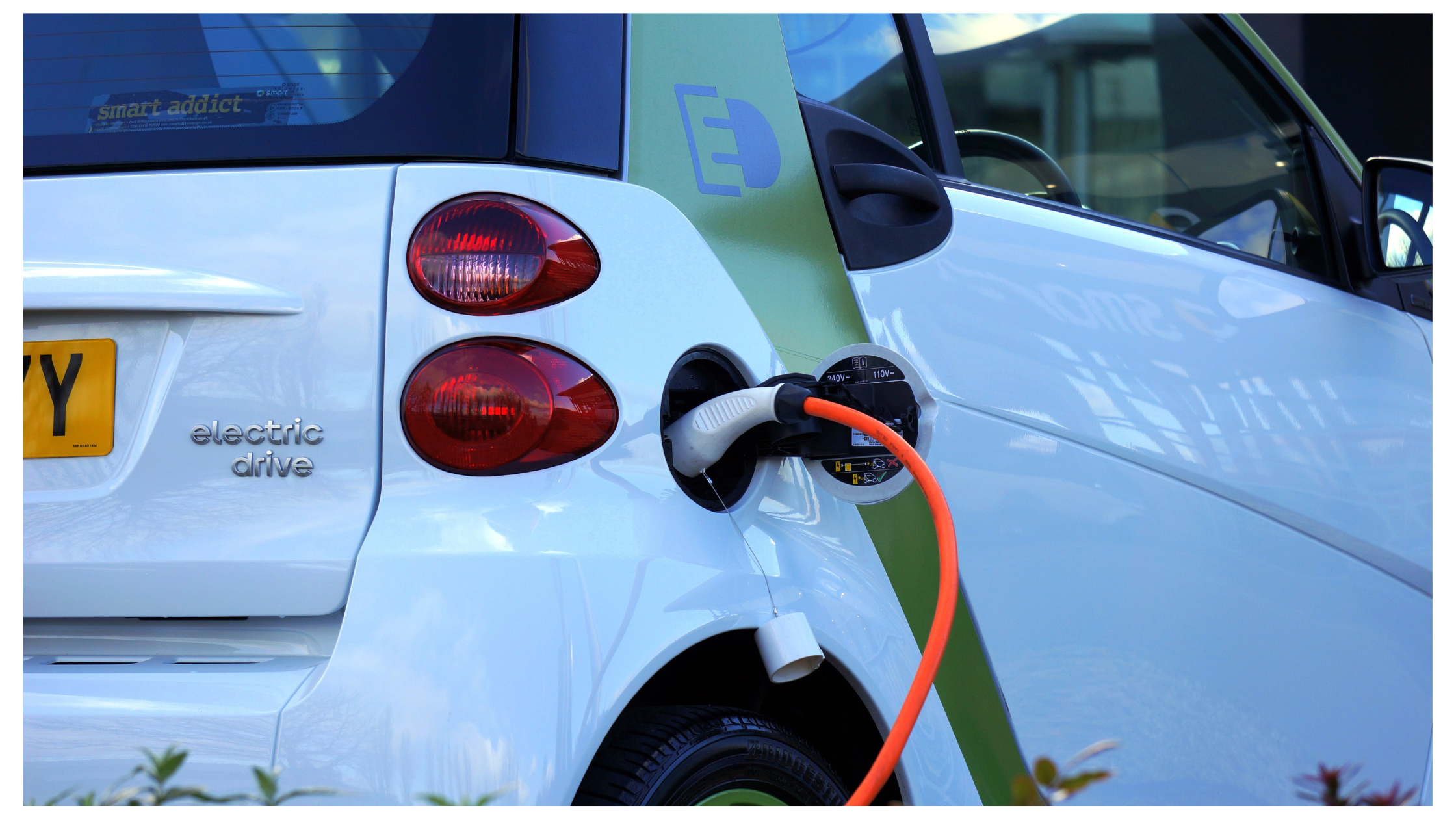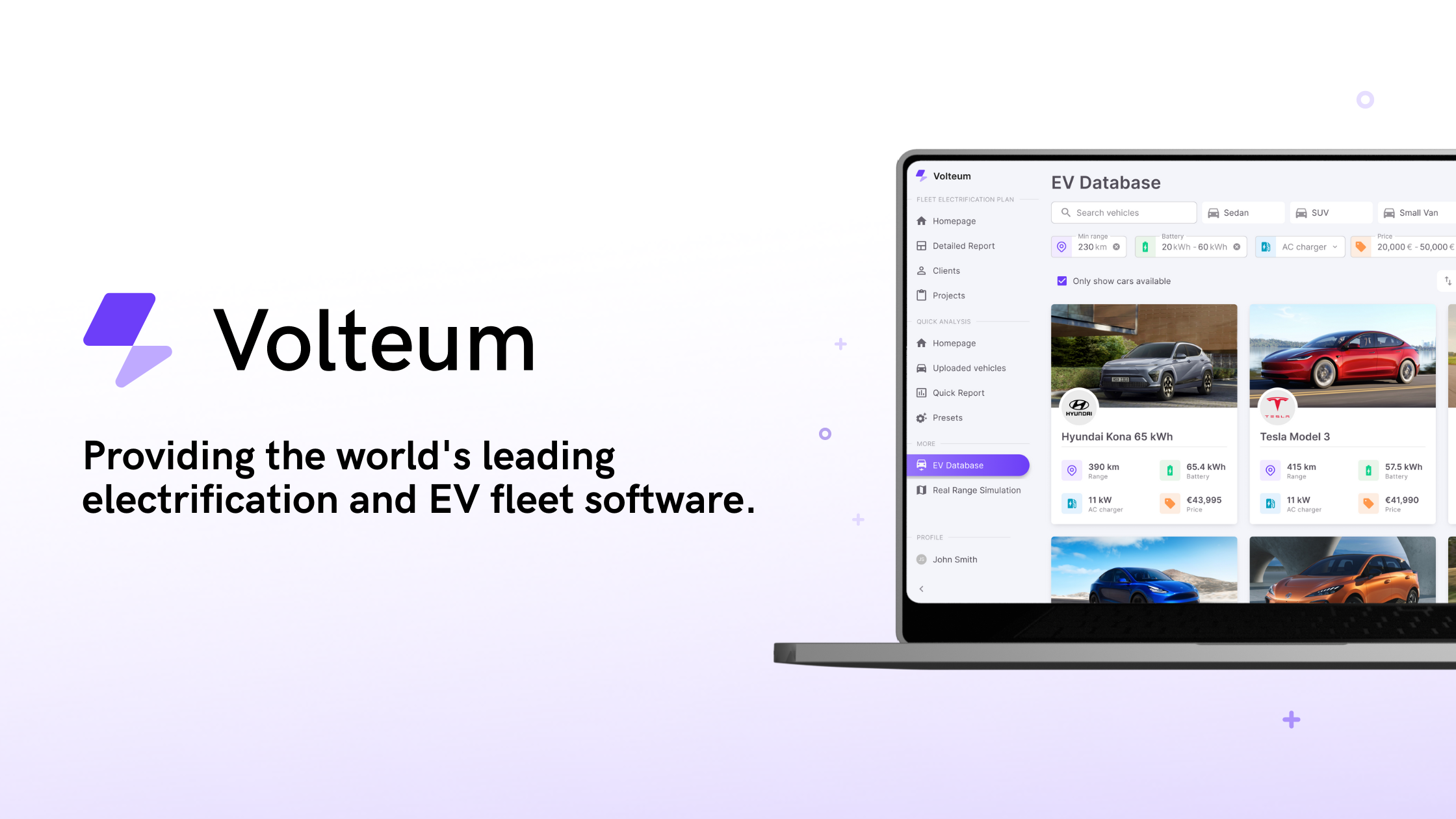ZEV Mandate changes in 2025: What fleets need to know
Apr 07, 2025 · 7 min read · blog
In April 2025, the UK government announced major updates to the Zero Emission Vehicle (ZEV) Mandate — and the headline could not be clearer: hybrid cars and vans will now be allowed on the market until 2035. Full internal combustion engine (ICE) car sales will still end in 2030, but the rules are now more flexible for manufacturers, with lower fines, extended credit systems, and hybrid-friendly pathways to compliance.
For fleet operators, it might feel as though the pressure is easing. But the truth is more nuanced: the transition to electric is not slowing down — it is becoming more complex. And in a shifting regulatory landscape, the companies that succeed will be the ones that stay ahead of the curve, not behind it.
In this blog post, we break down what the ZEV Mandate changes really mean for fleets, what has changed (and what has not), and how businesses can adapt their electrification strategies in a market that is still moving — just not in a straight line.
Key updates to the ZEV mandate: what fleet operators need to know
The government’s latest changes to the ZEV mandate introduce more flexibility for manufacturers — but also more uncertainty for fleets. Here are the key takeaways that matter most for fleet planning:
- Hybrids are staying longer. Full hybrids (HEVs) and plug-in hybrids (PHEVs) can now be sold until 2035, aligning with the final ICE phase-out deadline.
- ICE vans are not going anywhere just yet. Petrol and diesel vans, along with hybrid LCVs, will also remain on the market until 2035 — but from 2030 onwards, manufacturers must meet CO₂ reduction targets based on 2021 levels.
- Fines are reduced — but targets still increase. Penalties for missing ZEV sales targets have been reduced by around 20 percent, yet the targets themselves continue to rise year over year (e.g. 28 percent of new cars must be zero-emission in 2025).
- Credit systems offer more flexibility. Original equipment manufacturers (OEMs) can now transfer credits between car and van sales, extend non-ZEV to ZEV credit options to 2029, and lean on hybrids to offset compliance. This flexibility could reshape how and when certain vehicles are produced — and made available to fleets.
- No new EV incentives. Despite industry calls for stronger support, the government has not introduced any new consumer or fleet-focused measures to accelerate BEV adoption.
For fleet operators, this does not just shift the timeline — it reshapes the playing field. As we explored in our previous blog on the ZEV mandate, changes in regulation ripple quickly into vehicle availability, pricing, lead times, and long-term planning decisions. You can find a more detailed breakdown of the ZEV mandate changes in Fleet News’ full report.
In short: the pressure on OEMs may have eased, but the need for fleets to stay agile and informed has only increased.

What the hybrid extension really means for fleets
At first glance, the extended runway for hybrids and internal combustion engine vans might seem like a reason to pause electrification plans. However, for fleets, this update is less of a lifeline and more of a curveball — one that reinforces the need for a resilient and flexible strategy.
Here is why this matters:
- This is not a delay. It is a detour. While hybrids will now remain on the market until 2035, their role is still transitional — not permanent. As we explored in our deep dive on plug-in hybrids versus battery electric vehicles, PHEVs often fall short of their promise in real-world fleet use. Their emissions depend heavily on how they are driven — and they continue to rely on fossil fuels. For companies with long-term sustainability goals, hybrids may no longer be sufficient.
- Total Cost of Ownership (TCO) calculations just became more complex. With hybrids, ICE vehicles, and BEVs all remaining part of the market until 2035, the financial modelling of fleet decisions becomes more difficult. Fleets need to reassess assumptions around fuel costs, maintenance, depreciation, and availability — especially as OEMs shift production in response to these new regulatory flexibilities.
- The pressure to electrify has not disappeared — it has simply become less linear. Even with regulatory breathing room, economic and reputational drivers still strongly favour electrification. BEVs offer long-term cost advantages, lower emissions, and greater alignment with stakeholder expectations. Delaying the transition may appear convenient in the short term, but it can lead to higher long-term costs and reduced competitiveness.
- Charging infrastructure planning remains urgent. This regulatory shift does not change the need to invest in infrastructure. Whether your fleet transitions in the next year or the next five, the groundwork — including charger placement, energy demand forecasting, and load balancing — still requires careful planning. Delaying infrastructure investments increases the risk of underbuilding, overspending, or operational disruption.
To summarise: hybrids may extend the timeline, but they do not change the trajectory. Fleets that use this moment to re-evaluate, rather than retreat, will be the ones best prepared for what comes next — financially, operationally, and strategically.

How Volteum helps fleets navigate the shifting policy landscape
In a policy environment that continues to evolve — sometimes overnight — certainty is hard to come by. That is exactly why fleet electrification can no longer rely on static assumptions or outdated plans. Whether your fleet is planning for electric vehicles, hybrids, or a combination of both, success depends on having a strategy that is data-driven, adaptable, and operationally realistic.
At Volteum, we help companies electrify their fleet — and then operate their electric vehicles in the most cost-efficient and effortless way possible. We support our clients from day zero of their electrification journey, all the way to running a fully operational EV fleet, and even beyond.
We also recognise that the challenges of electrifying a fleet are very different from the challenges of operating one. This is why we offer two dedicated products, tailored to each phase of the journey:
- Electric Fleet Planner: For companies preparing to electrify, our planning tool helps you model Total Cost of Ownership across electric, hybrid, and ICE vehicles. You can evaluate vehicle suitability, simulate different scenarios, and determine what charging infrastructure you will need — all based on your real operational data.
- Electric Fleet Operations: For companies already running electric vehicles, our operations platform helps you manage the day-to-day with intelligence. From live vehicle monitoring to smart charging schedules and energy forecasting, it ensures you can run efficient, reliable operations — even in mixed or under-charged fleets.
Whether your roadmap now includes electric vehicles, hybrids, or both — Volteum helps you build a fleet strategy that evolves with the policy landscape, without compromising performance or cost-efficiency.

Turning regulatory shifts into strategic advantage
The recent ZEV mandate updates do not change the destination — they simply reshape the path. For fleet operators, this is not the time to slow down, but to plan smarter, act earlier, and stay ahead of the curve.
At Volteum, we are here to help you do exactly that — with the tools, data, and support you need to navigate change with confidence.
Ready to future-proof your fleet? Book a personalised demo and see how Volteum can turn uncertainty into opportunity.